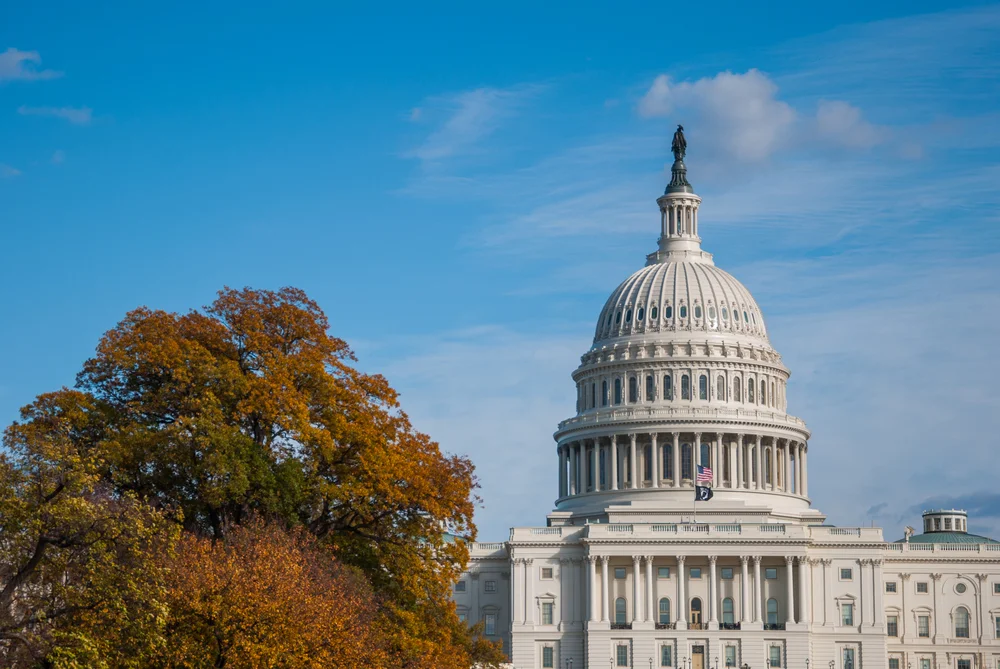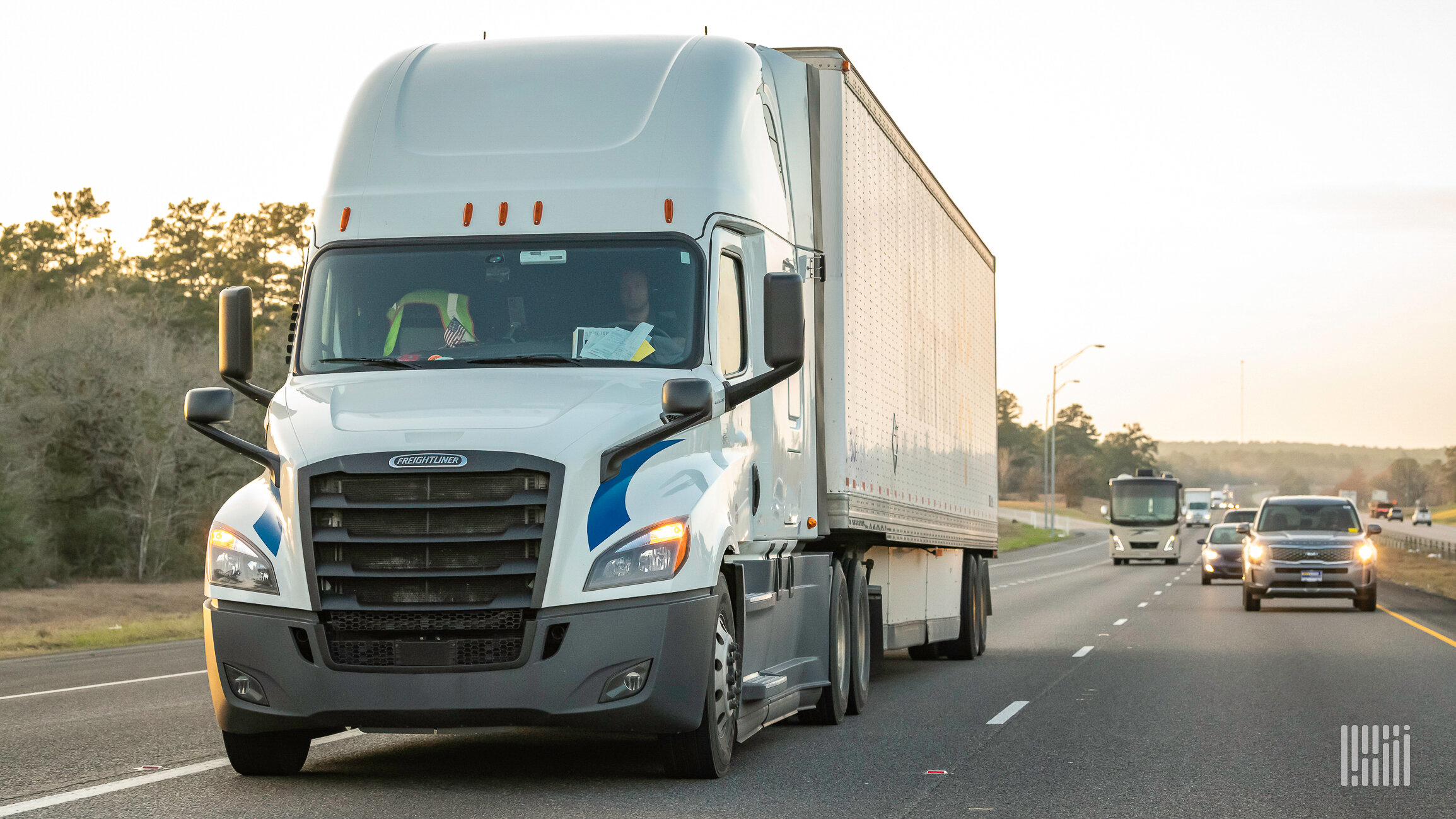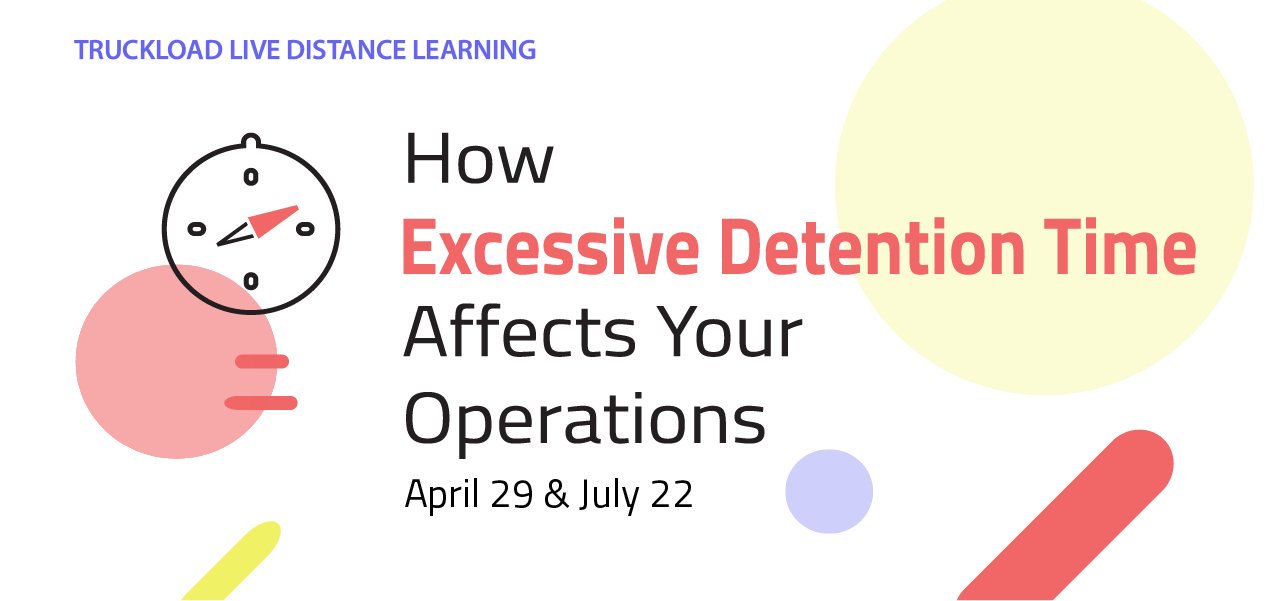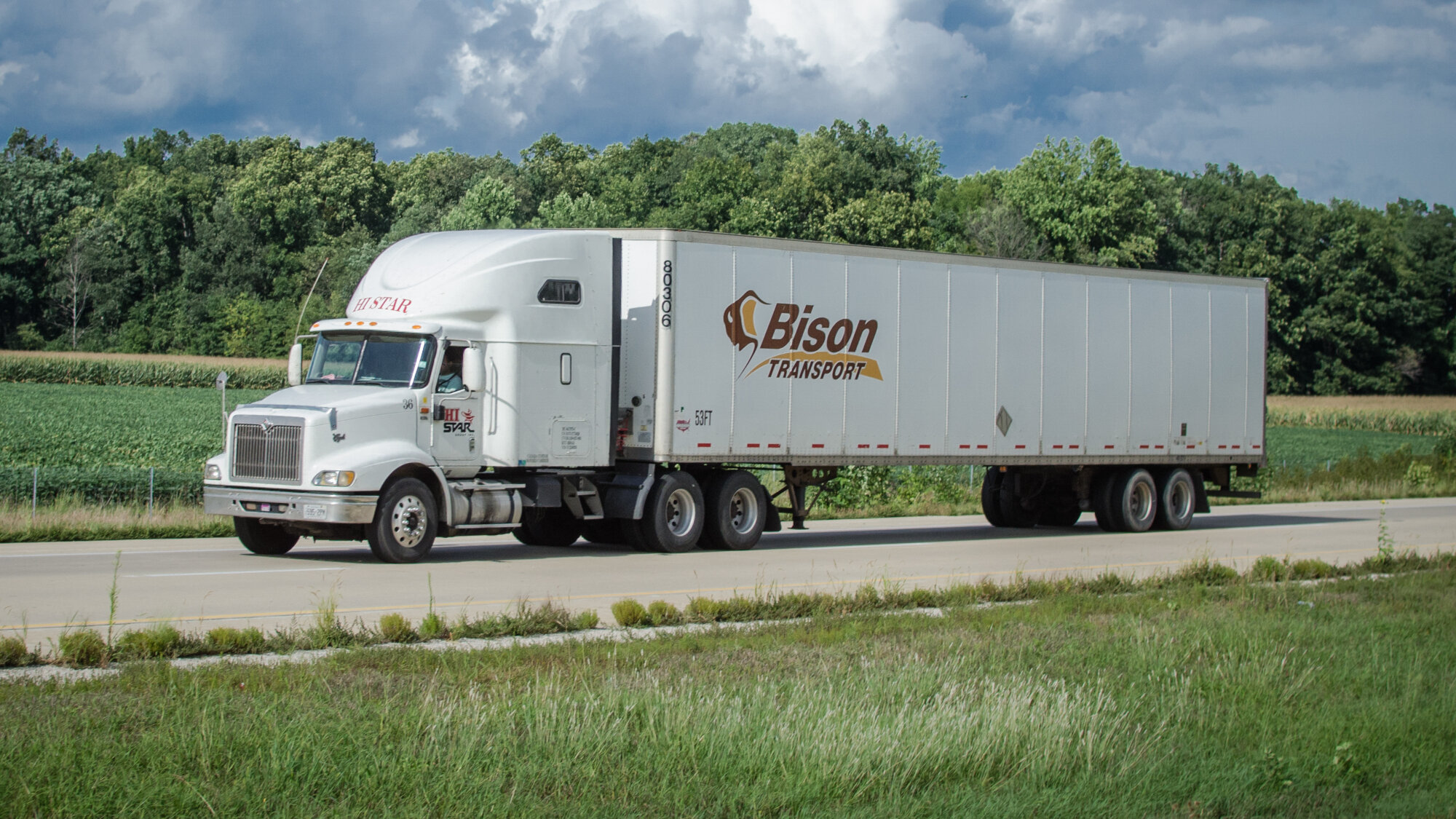
We have previously discussed the Boeing decision of the National Labor Relations Board (NLRB). In that decision, the NLRB changed its approach to determining whether an employer’s workplace rule violates the National Labor Relations Act (NLRA).
Before Boeing, an employer’s workplace rule would be struck down if it “could be interpreted, under some hypothetical scenario,” to violate an employee’s Section 7 rights. In Boeing, the NLRB placed the initial burden on the General Counsel of the NLRB to demonstrate that a facially neutral rule would be interpreted by a reasonable employee to interfere with the exercise of Section 7 rights. The NLRB also stated that it would, over time, sort employer workplace rules into three categories: Category 1 (rules that are lawful because (a) the rule does not interfere with NLRA rights when reasonably interpreted or (b) the potential adverse impact of the rule is outweighed by justifications associated with the rule), Category 2 (rules that warrant individualized scrutiny in each case), and Category 3 (unlawful rules).
In a recent NLRB decision, the NLRB had its first opportunity to demonstrate the new analysis under Boeing. Employers should familiarize themselves with this decision so they can better understand the legality of workplace rules in the arena of labor law.
Background
The employer was a wholesale distributor of produce and other fine and specialty foods. The employer had an employee manual. The employee manual contained two rules which were at issue in the matter before the NLRB. First, the “Confidentiality rule” provided: “Every employee is responsible for protecting any and all information that is used, acquired or added to regarding matters that are confidential and proprietary of [the employer] including but not limited to client/vendor lists . . . .” Second, the “Media Contact rule” provided: “Employees approached for interview and/or comments by the news media, cannot provide them with any information. Our President, Michael Glick, is the only person authorized and designated to comment on Company policies or any event that may affect our organization.”
Under Boeing, when analyzing a facially neutral workplace rule that, when reasonably interpreted, would potentially interfere with the exercise of NLRA rights, the NLRB evaluates two considerations: first, the nature and extent of the potential impact on NLRA rights, and second, legitimate justifications associated with the rule.
NLRB’s Decision
The NLRB first considered the Confidentiality rule. While the NLRB noted that “employees have a Section 7 right to concertedly appeal to third parties, including their employer’s customers, for support in a labor dispute,” the NLRB stated that it was “unable to perceive” how the Confidentiality rule “would be reasonably read to interfere with that right.” The NLRB elaborated that the rule required “employees to protect the confidentiality of the [employer’s] client and vendor lists,” but was silent about “talking to the [employer’s] clients or vendors.” (emphasis in original). The NLRB ultimately concluded that an objectively reasonable employee would not interpret the Confidentiality rule as potentially interfering with the exercise of Section 7 rights.
The NLRB next considered the Media Contact rule. The NLRB read the rule to only address “situations in which employees are approached by the news media, and it only prohibits employees from speaking on the [employer’s] behalf.” (emphasis in original). The NLRB instructed that the first sentence of the rule could not be read in isolation. The NLRB reasoned: “read together with the second sentence designating Glick as the only person authorized to speak on company matters, a reasonable employee would understand that he or she is only precluded from speaking on behalf of the [employer] when approached for comment.” Accordingly, the NLRB found the rule to be lawful.
The NLRB designated both rules as “Category 1(a)” rules.
Takeaway
Employers should be mindful of this decision and the rule from Boeing when drafting, reviewing, and/or updating their employee handbooks or other workplace rules. Employers should also pay close attention to future decisions of the NLRB on this issue for more clarity on which rules are lawful, which rules require individualized scrutiny, and which rules are unlawful. While awaiting such future decisions, employers should consult with experienced employment counsel if they have any questions concerning their workplace rules.
R. Eddie Wayland is a partner with the law firm of King & Ballow. You may reach Mr. Wayland at (615) 726-5430 or at rew@kingballow.com. The foregoing materials, discussion and comments have been abridged from laws, court decisions, and administrative rulings and should not be construed as legal advice on specific situations or subjects.




















